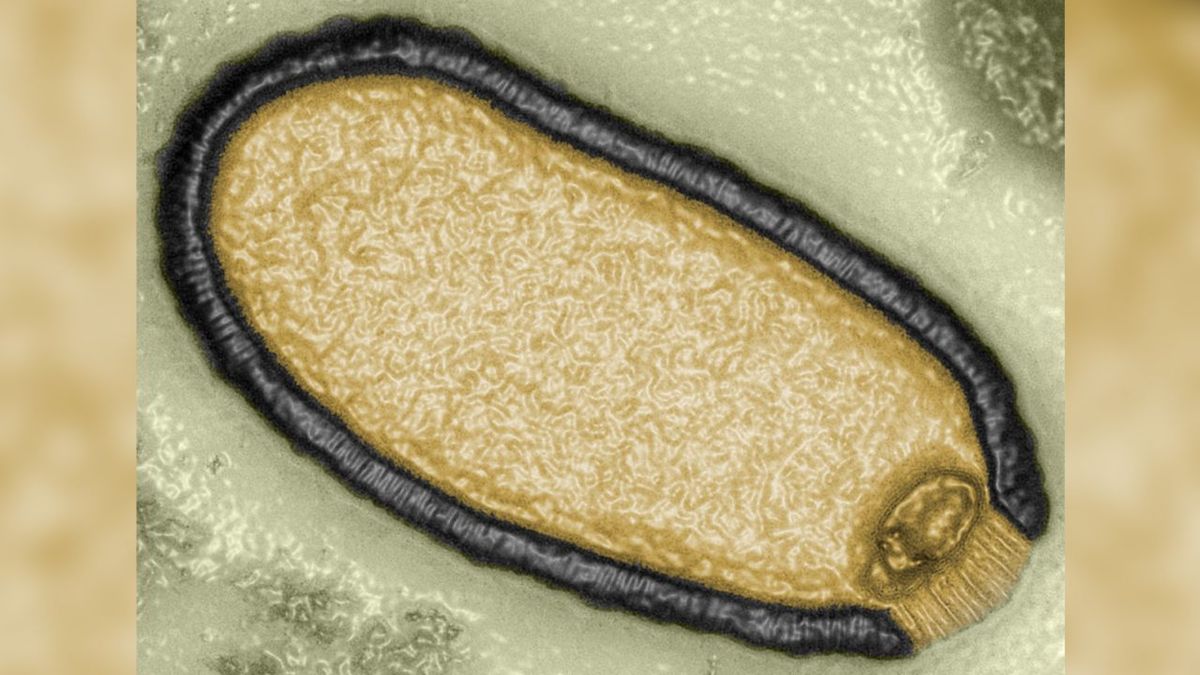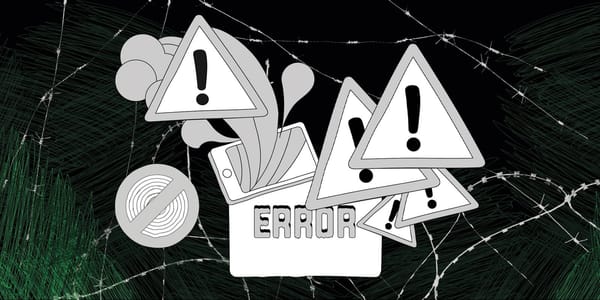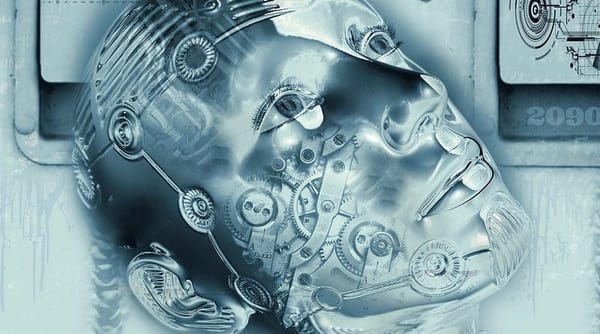Scientists revive 'zombie virus' that has been frozen in ice for the past 48,500 years
A 'zombie virus' that spent 48,500 years frozen in permafrost in Siberia has been revived, raising concerns among scientists.

A 'zombie virus' that spent 48,500 years frozen in permafrost in Siberia has been revived, raising concerns among scientists.
French scientist Jean-Michel Claverie tested earth samples taken from permafrost to see whether any viral particles it contained were still infectious.
The Emeritus professor of medicine and genomics at the Aix-Marseille University School of Medicine in Marseille has been in search of what he describes as “zombie viruses” to better understand the risks posed.
In 2014, he managed to revive a virus that he and his team isolated from the permafrost, making it infectious for the first time in 30,000 years by inserting it into cultured cells.
For safety, he’d chosen to study a virus that could only target single-celled amoebas, not animals or humans.
He repeated the feat in 2015, isolating a different virus type that also targeted amoebas.
And in his latest research, published in February in the journal Viruses, Mr Claverie and his team isolated several strains of ancient virus from multiple samples of permafrost taken from seven different places across Siberia.
The latest strains represent five new families of viruses, in addition to the two he had previously revived.
The oldest was almost 48,500 years old, based on radiocarbon dating of the soil, and came from a sample of earth taken from an underground lake 16 meters (52 feet) below the surface.
The youngest samples, found in the stomach contents and coat of a woolly mammoth’s remains, were 27,000 years old.
Mr Claverie told CNN: “We view these amoeba-infecting viruses as surrogates for all other possible viruses that might be in the permafrost.
“We see the traces of many, many, many other viruses.
“So we know they are there (but) we don’t know for sure that they are still alive.
“But our reasoning is that if the amoeba viruses are still alive, there is no reason why the other viruses will not be still alive, and capable of infecting their own hosts.”
“There’s a lot going on with the permafrost that is of concern, and (it) really shows why it’s super important that we keep as much of the permafrost frozen as possible,” said Kimberley Miner, a climate scientist at the NASA Jet Propulsion Laboratory at the California Institute of Technology in Pasadena.
Thanks for visiting Our Secret House. Create your free account by signing up or log in to continue reading.





